Visceral Artery Aneurysm
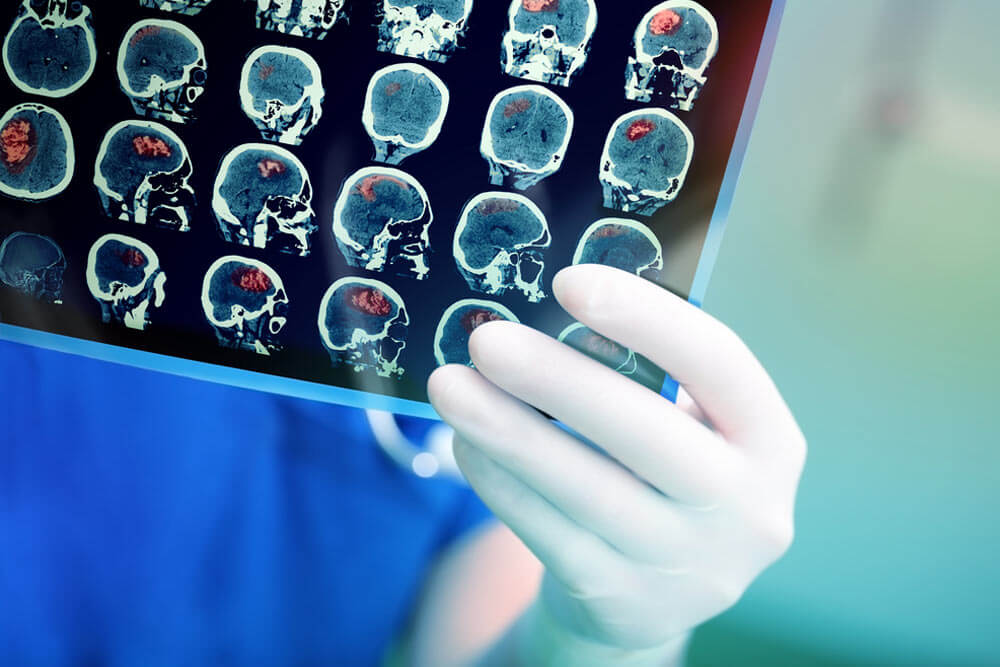
An aneurysm is an expansion of an artery due to a weakening of the artery wall. As the artery enlarges like a balloon, the wall becomes thinner and can burst. A visceral artery aneurysm is one associated with the arteries supplying your liver, spleen, kidneys or intestines. Uncommon, treatable This type of aneurysm is uncommon. Successful treatment with catheter-based or conventional […]
Arm Artery Disease
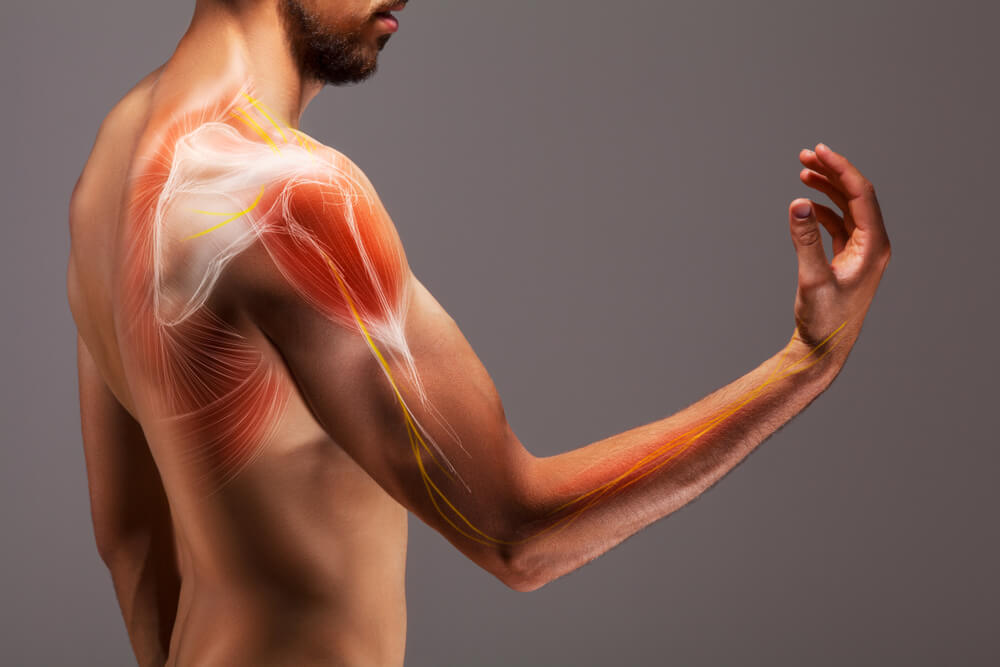
Arm artery disease is rare, and usually indicates other health issues. Typically, blockages in your arm arteries occur when blood clots float there from your heart or from an injured artery within your chest. Symptoms Severe Pain and numbness in the hand These symptoms may indicate a fresh blood clot in the arm, which is […]
Mesenteric Ischemia
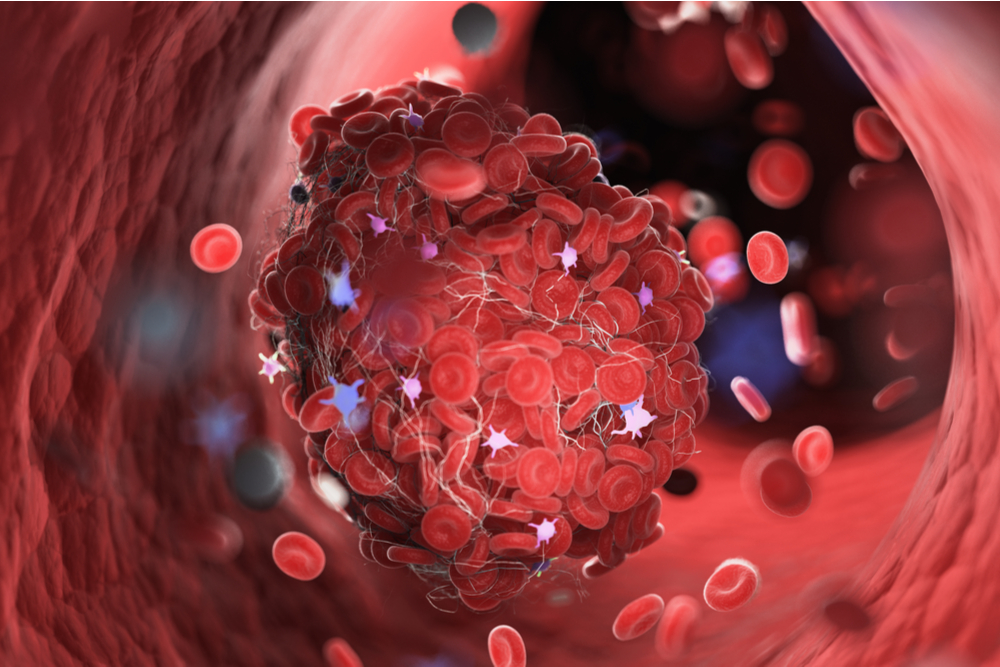
Mesenteric ischemia is poor circulation in the vessels supplying blood flow to your mesenteric organs: your stomach, liver, colon and intestine. With poor circulation, blockages can form and compromise the function of these organs. Mesenteric ischemia can come on suddenly or build slowly and become an ongoing health issue. It is part of a systemic disease process known as peripheral vascular disease or peripheral artery disease (PAD). Symptoms can Include […]
Chronic Venous Disease (CVD)
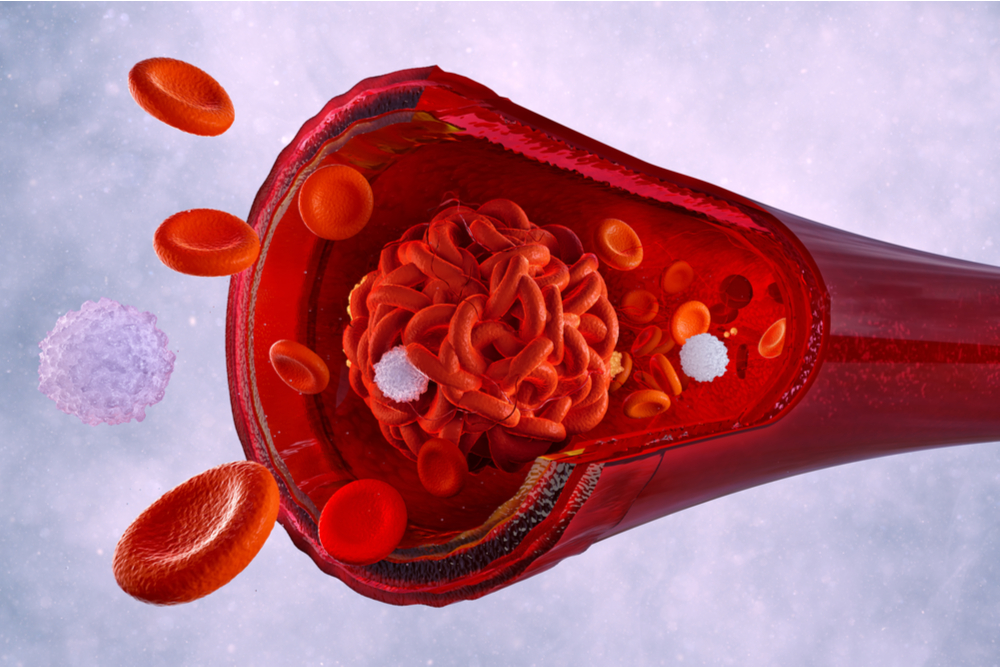
Chronic Venous Disease (CVD) refers to other chronic conditions related to or caused by veins that become diseased or abnormal. Chronic venous insufficiency (CVI) occurs when the valves in the leg veins are not working properly, causing blood to collect in the veins rather than return to the heart. This is called stasis. Healthy veins […]
Peripheral Arterial Disease (PAD)
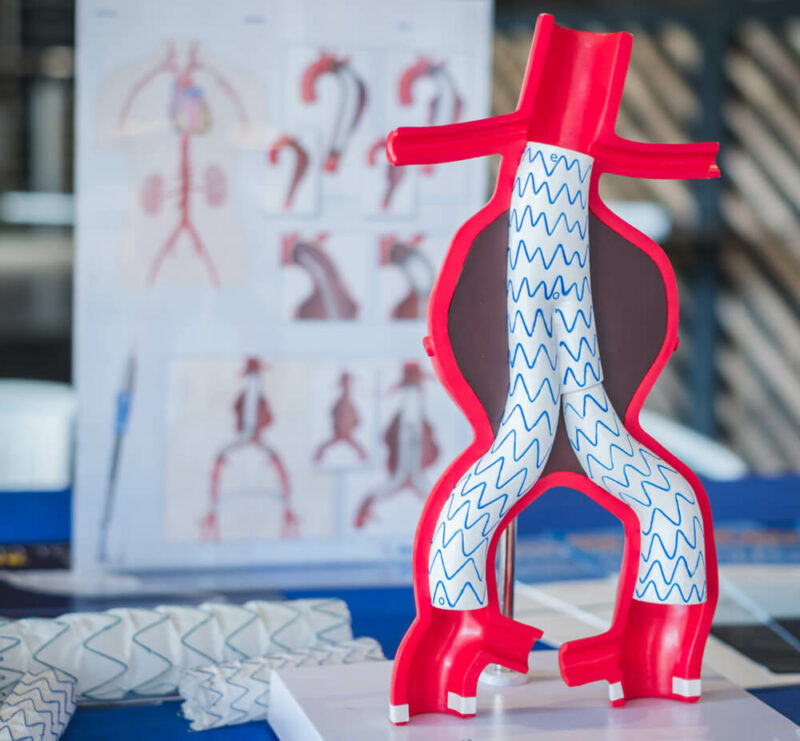
PAD is a chronic disease in which plaque builds up in the arteries to the legs. This buildup typically occurs gradually. If allowed to progress, blood flow in that artery can become limited or blocked altogether. PAD is relatively common, affecting more than 10 million people in the U.S. It is more common in people […]